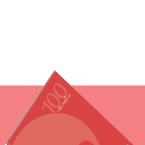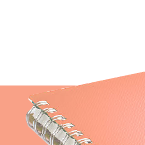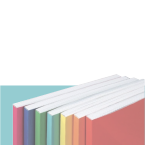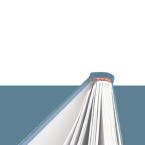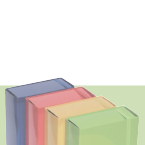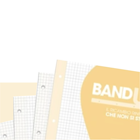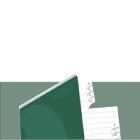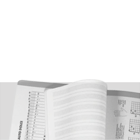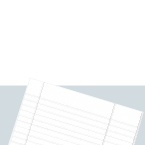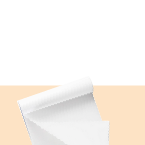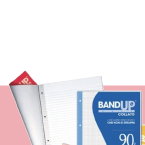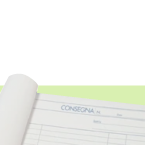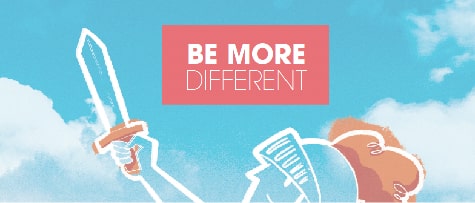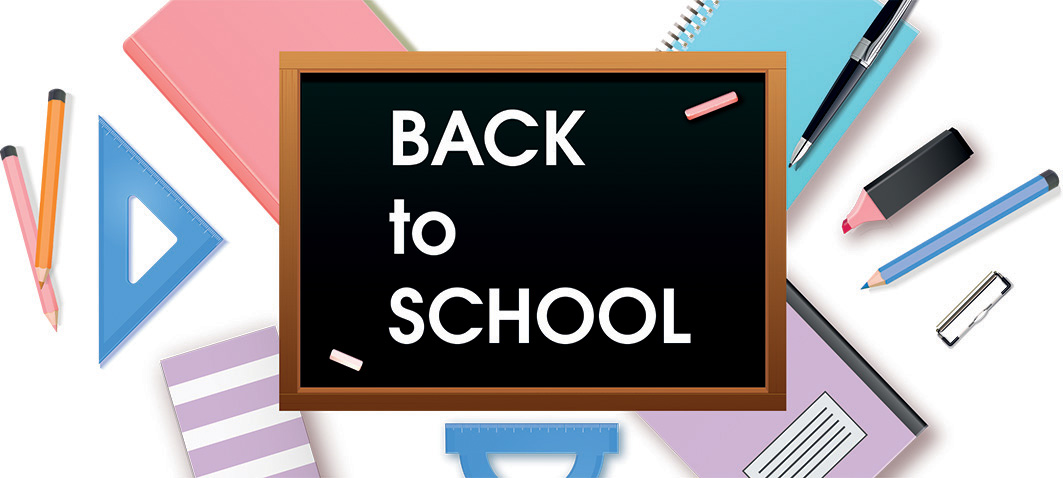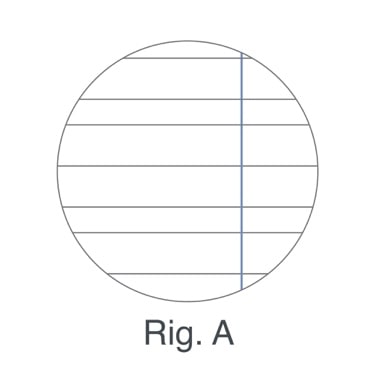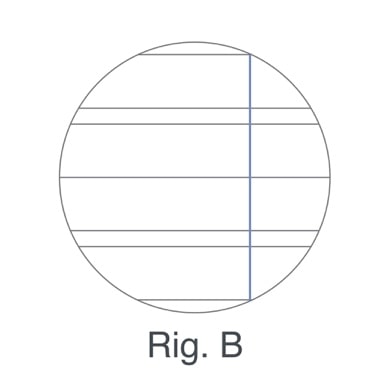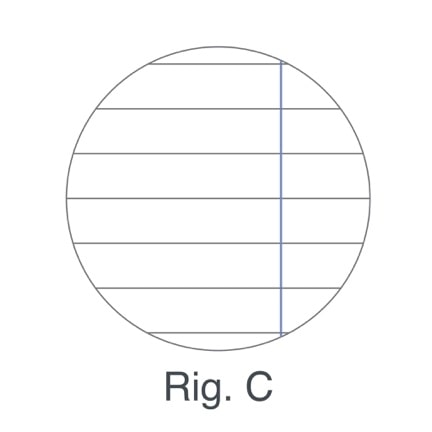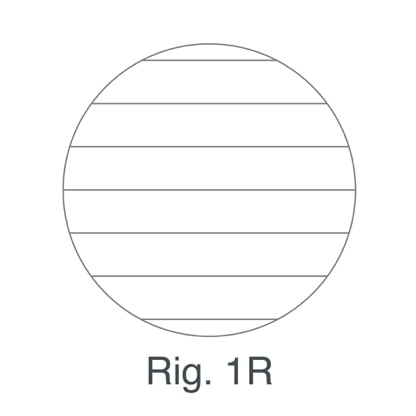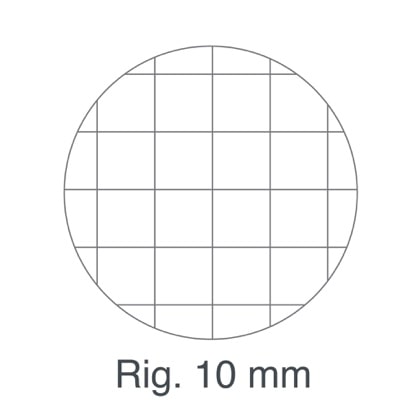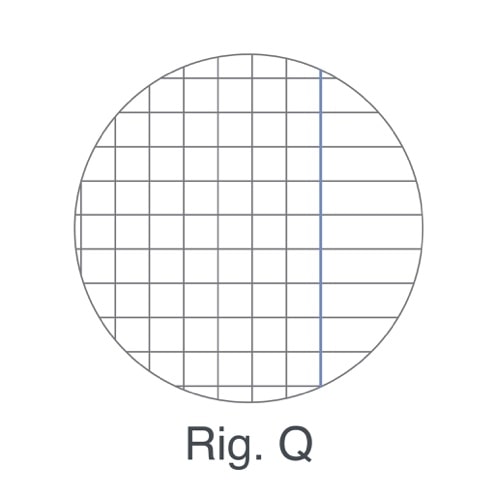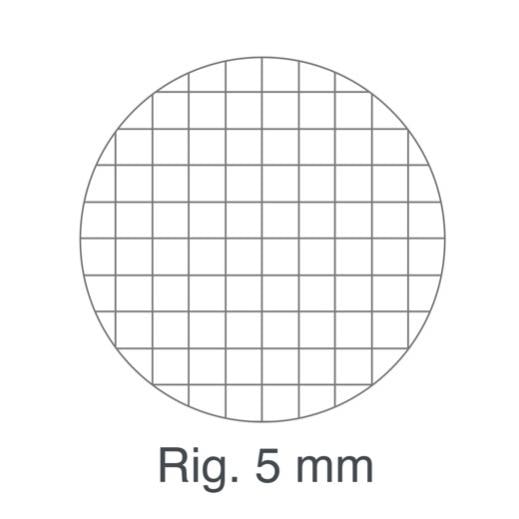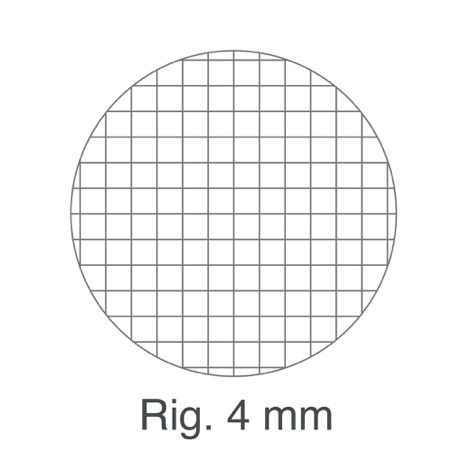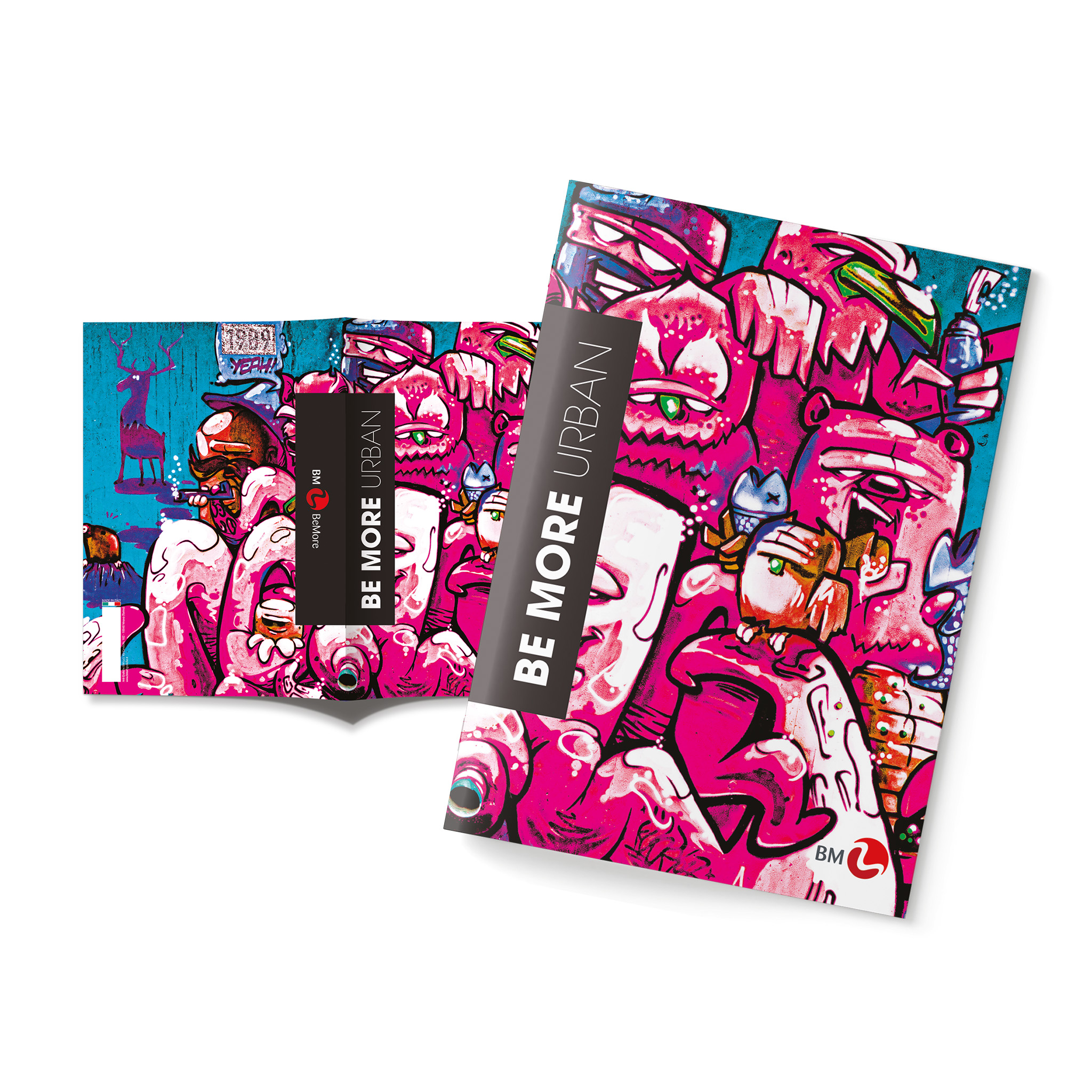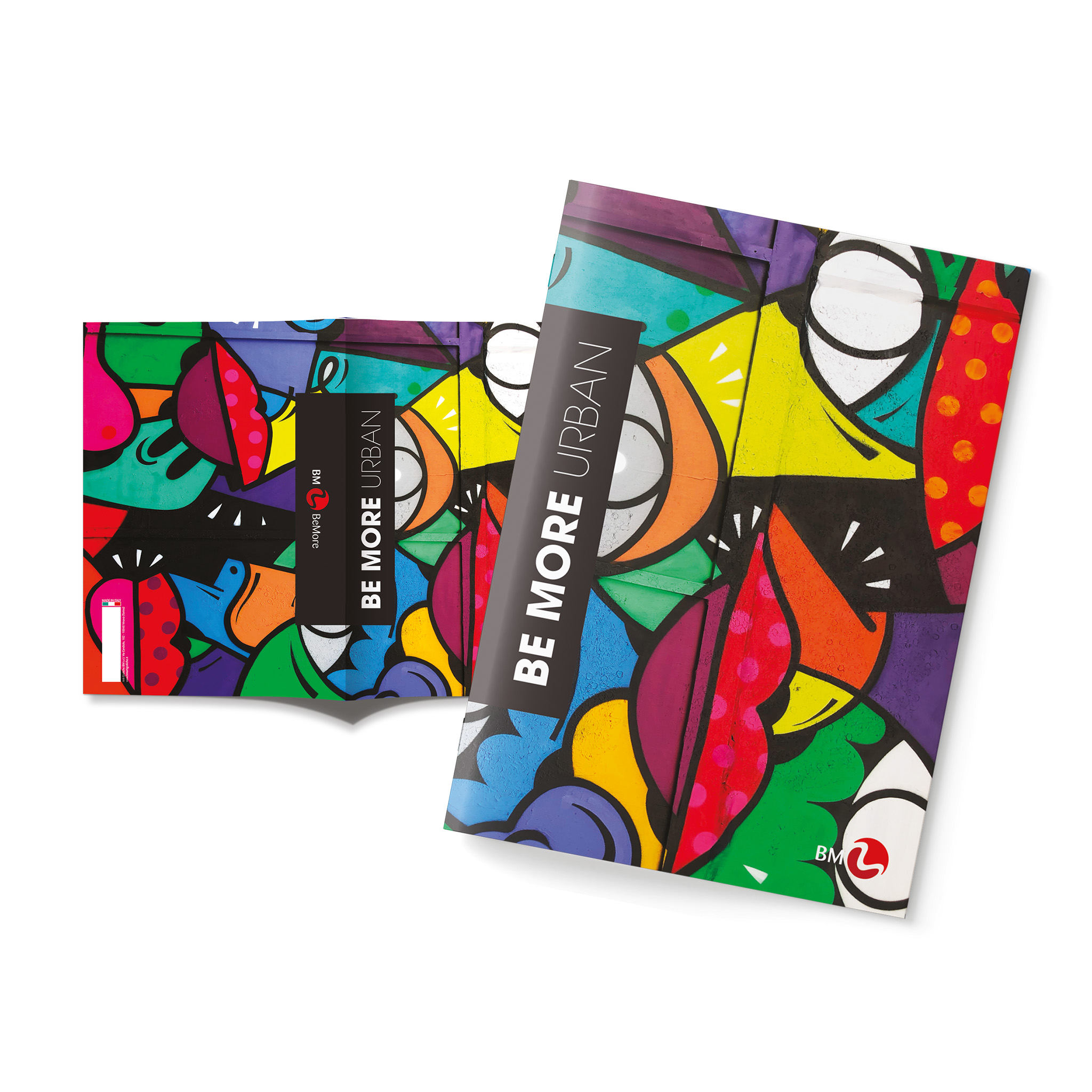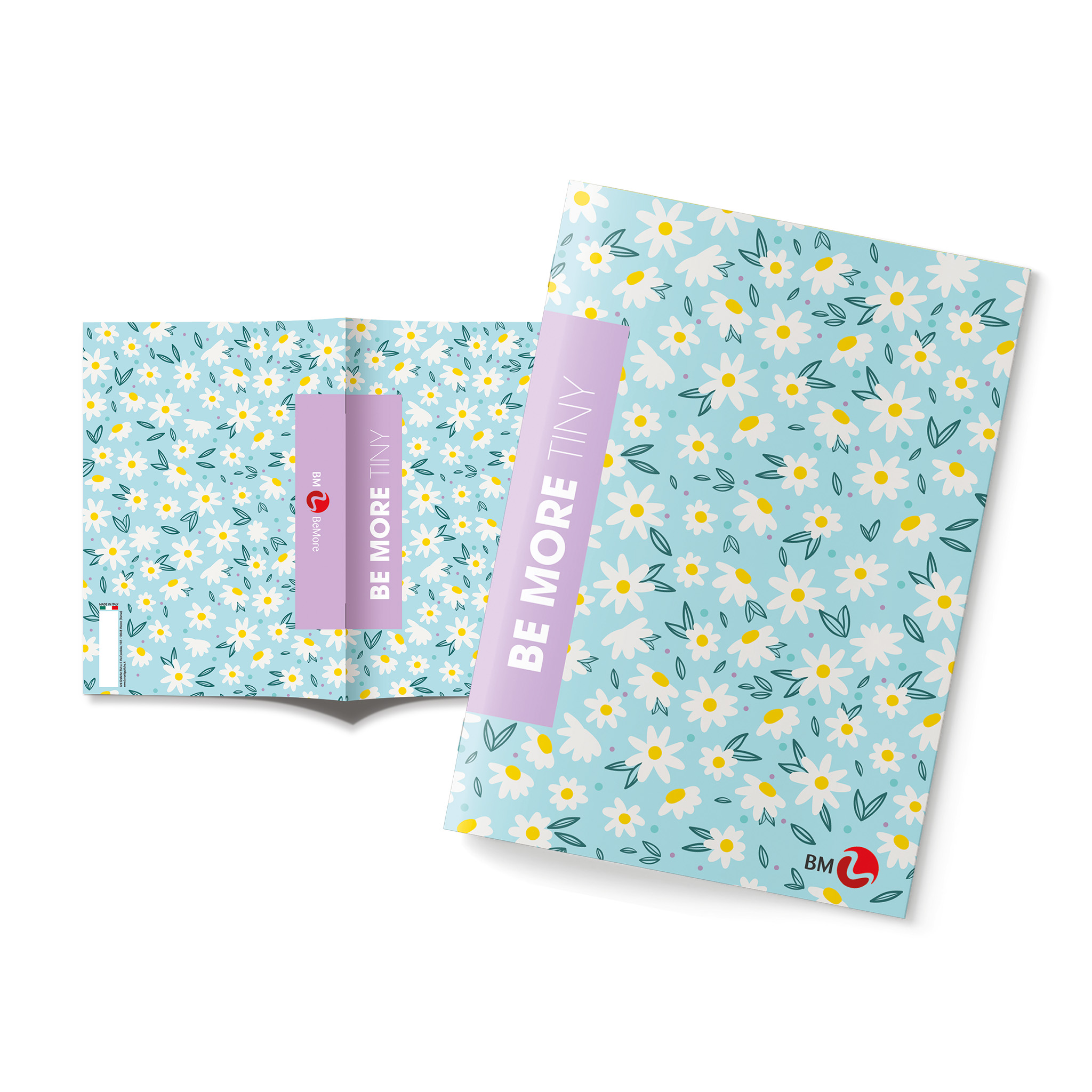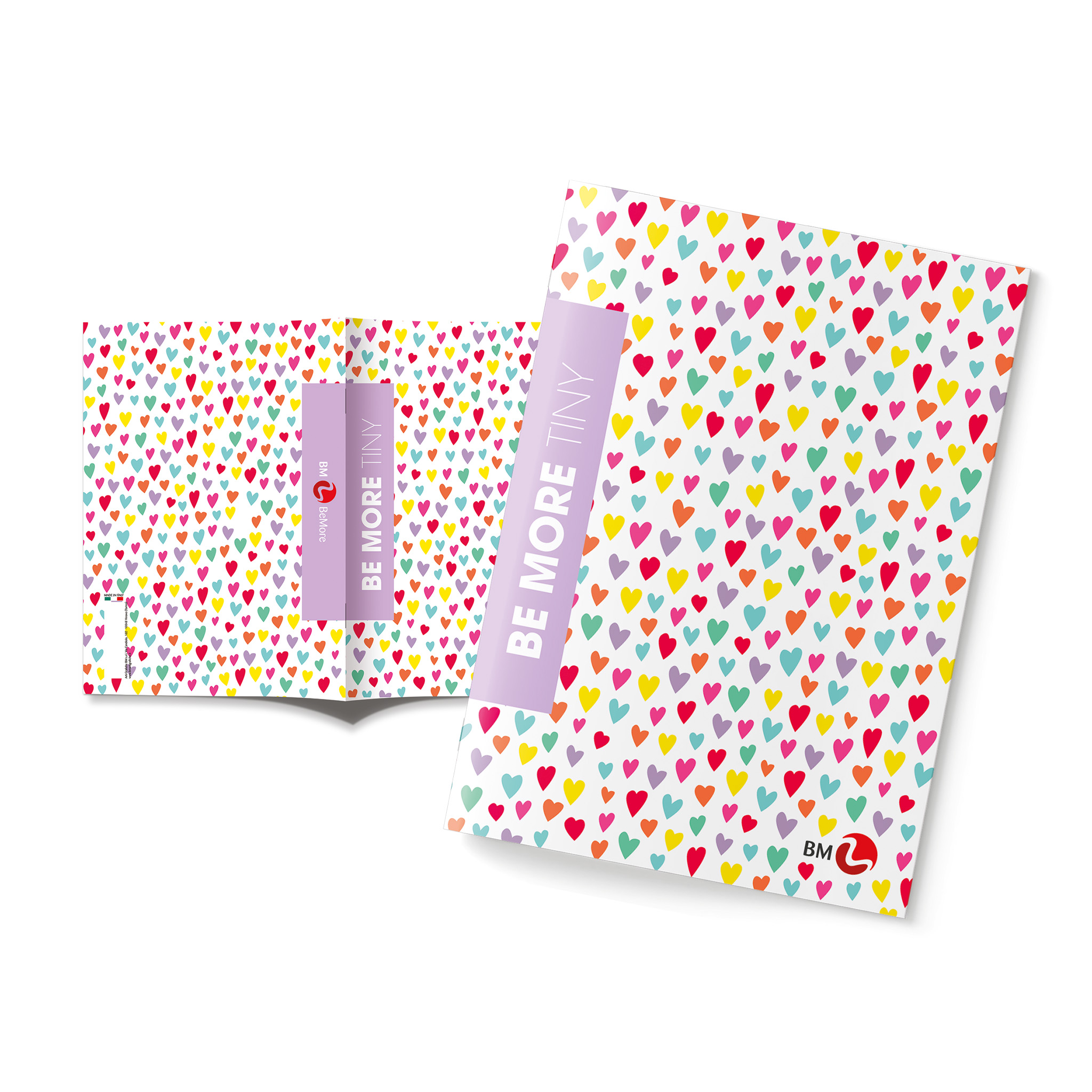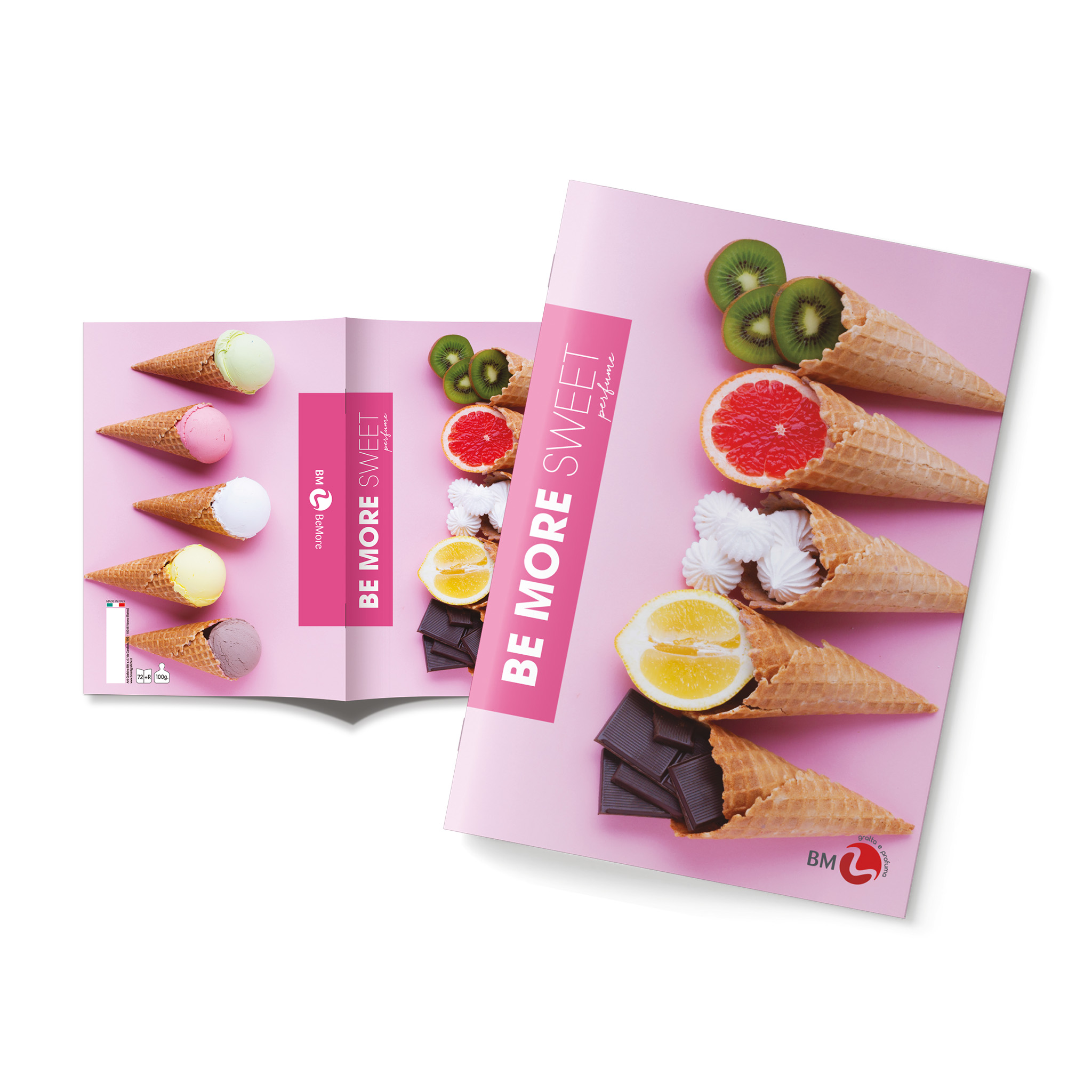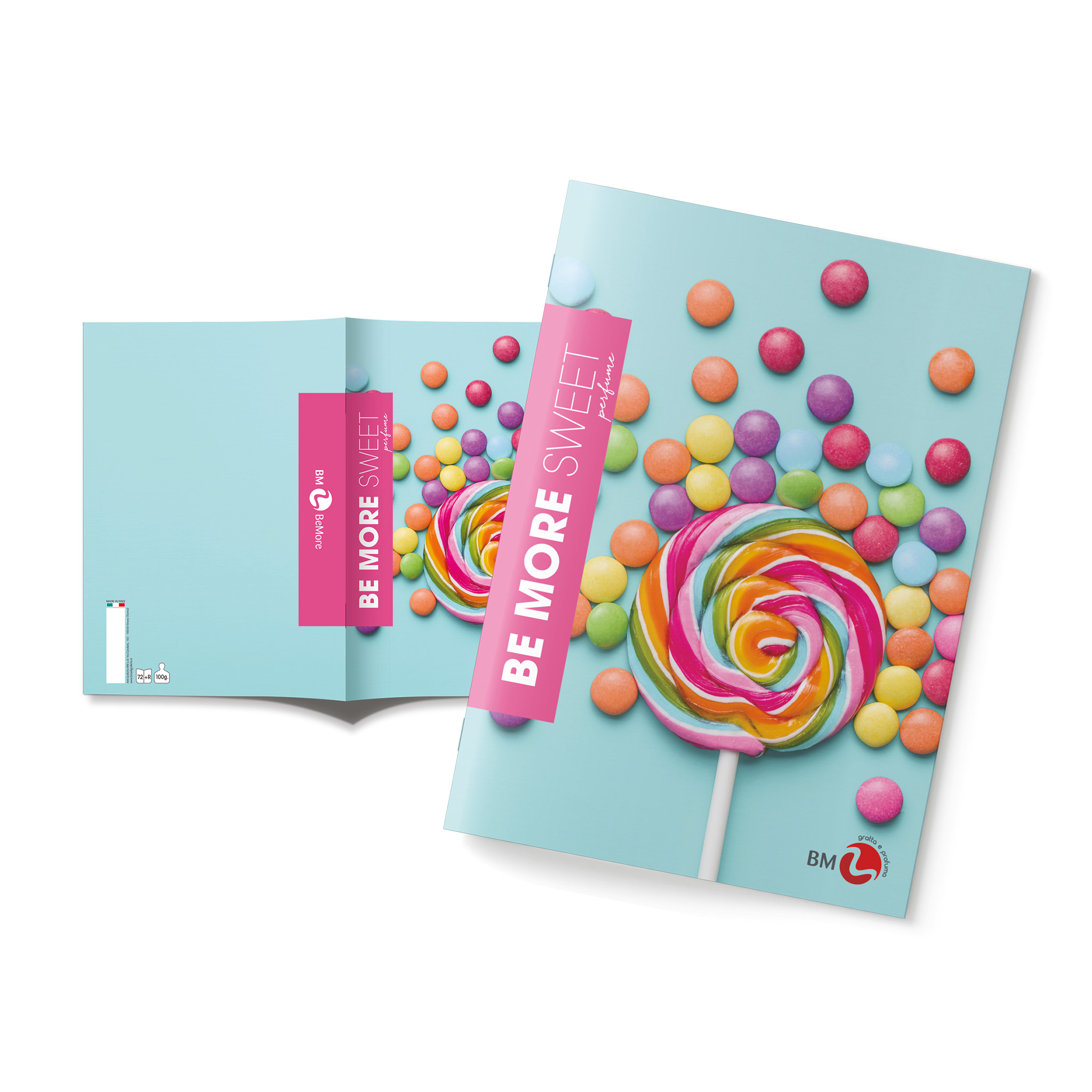School notebooks: which ones to use

First and second grade ruled exercise book
In the first two years of primary school, A- ruled exercise books are the most common choice. These notebooks have a coloured vertical line to define the margin and lines with different spacing to guide children in their writing. This feature not only facilitates space management, but also promotes uniform writing from the very beginning, establishing a solid foundation for the future.
Third grade ruled exercise book
In third grade, B-ruled ruled exercise books are usually used. The closer lines indicate growth in writing mastery, offering students smaller spacing to experience more compact and fluid writing. This transition supports the development of autonomy and precision in the presentation of ideas.
Fourth and fifth grade ruled exercise book
In fourth and fifth grade, C-ruled ruled exercise books are used, with red margins and even spaces. This simpler format provides the pupil with greater autonomy, encouraging more detailed and organised writing. The visual clarity of this ruled format contributes to an orderly presentation of content.
Striped exercise book for middle and high schools
In secondary and high schools, ruled notebooks with 1R rulings and no margins are used. This unrestricted design offers freedom in writing space, stimulating creativity and enabling accurate recording of information. By this age, students will have acquired the right competence for autonomous management of the spaces on the paper.
First grade squared notebook
In first grade, 1 cm squared exercise books are used: this format facilitates the initial approach to numbers, providing ample space for the first experiences with calculations and geometric drawings.
Primary schools exercise book
In the years following the first, 5 mm squares with margins were used (Q rifling). The sheet has a coloured red margin outlining the writing area. This classic format extends beyond the elementary years, making it ideal for taking notes, drawing and organising ideas.
Middle school exercise book
The 5 mm squares, without margin, can be introduced as early as primary school, depending on the teaching method adopted. The same rulings can also be adopted in later years, depending on the needs of students and teachers. The half-centimetre square can, for example, facilitate geometric drawing, proving to be very useful even during middle school.
High school exercise book
The 4 mm rifling (without margin) is usually used from the middle school and remains in use until the end of the school year. The decision to adopt it depends on how quickly students become familiar with numerical writing, but also on school rules and teacher preferences. This flexibility makes the 4 mm ruler a practical and customisable alternative, contributing to organisation and calculations at all levels of education.
Ring binders for middle and high schools
In middle and high school, ring binders are often used. These notebooks offer great convenience, allowing pages to be easily added and removed. Furthermore, thanks to the use of dividers, it is possible to separate the different subjects in one binder. If the sheets are inserted and removed frequently, it may happen that they tear near the holes: we suggest in this case to purchase the reinforced parts, which thanks to a rigid support guarantee a greater resistance of the sheet of paper.
Finally, we would like to remind you to pay attention to the needs of students with Specific Learning Disorders. For pupils with dysgraphia, dysorthographia, dyscalculia or dyslexia, notebooks with rulings designed for their specific needs are available.
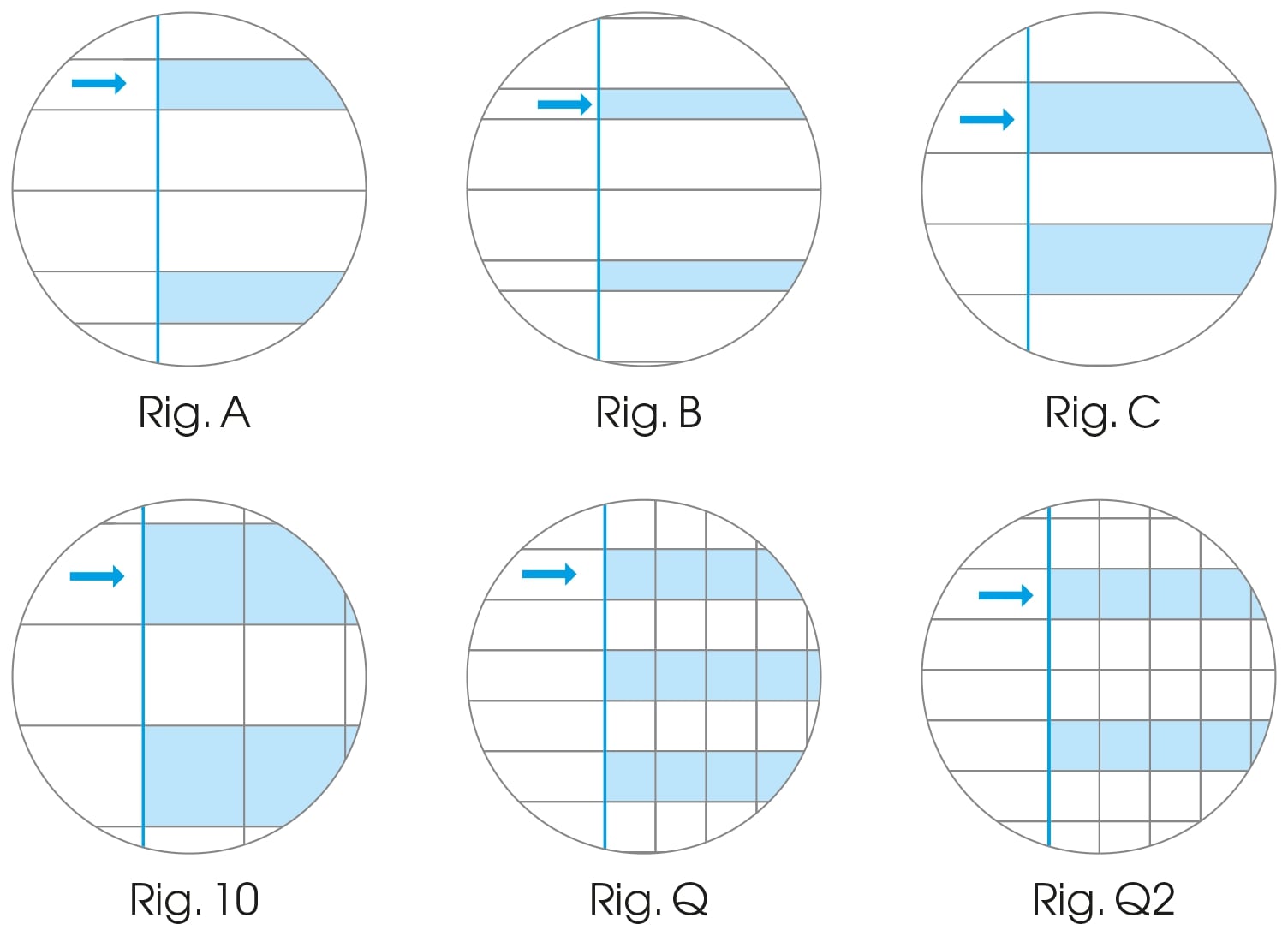
Notebook choice: other aspects to consider
Paper Weight
Paper weight is a key aspect when it comes to notebooks. It represents the weight of the paper used in making the notebook and is measured in grams per square metre (g/m²).
A higher grammage indicates a thicker and stronger sheet, while a lower grammage indicates a thinner and lighter sheet.
Notebooks with a higher grammage offer several advantages. Firstly, thicker pages prevent ink from pens or pencils from spilling onto the next page, ensuring a cleaner, smudge-free writing experience. In addition, a thicker sheet is less prone to tearing or damage during daily use.
Conversely, notebooks with a lower grammage are lighter and easier to carry.
What grammage to choose for your exercise book
The choice of grammage depends on individual preferences and intended use.
For children starting primary school, notebooks with a heavier paper weight of 100 g/m² are recommended. This is because, as they are still learning to write, they tend to correct frequently and press harder on the paper. When their writing becomes smoother and more secure, they can switch to notebooks with 80 g/m2 paper.
Binding
Staple, paperback, hardback and spiral binding are different types of binding used to join the pages of books, notebooks and documents.
- Stapling is a technique in which pages are punched along the edge and joined together by flat staples.
- Paperback involves folding the pages and gluing or stapling them along the spine; a soft cover is then applied.
- Hardback is a binding in which the pages are sewn or glued to the spine of a hard cover, usually made of cardboard or cardboard. This binding gives greater strength and durability to hardback books and notebooks.
- Spiral binding involves perforating the pages and binding them with a metal or plastic spiral wire. This type of binding allows the notebook or document to be opened completely and folded back on itself without damaging the pages. It is perfect for notebooks and sketch pads.
Which binding to choose
The choice between staple, paperback, hardback or spiral binding will depend on the intended use, desired level of durability and aesthetic preference. Each type of binding offers unique advantages to meet the specific needs of books, notebooks or documents.
For example, spiral binding is ideal for notebooks and sketch pads: these are often chosen by professionals and university students.
The classic notebook used in primary school, on the other hand, is the one with the staple binding.

Formats
In the vast world of writing and creativity, there is an often overlooked but crucial detail: the notebook format. This term simply refers to the physical size of the pages on which to write, but its influence goes far beyond what it appears at first glance. Although it may seem a minor detail, choosing the right notebook format plays a crucial role in shaping the experience of writing, planning and artistic expression. Here is a quick guide to choosing the best format for every need.
Which format to choose
- A4 notebooks (21x29.7 cm): A4 is the largest of the listed formats. It is the maxi notebook or exercise book, ideal for primary schools.
- A5 notebooks (21x15 cm): The A5 format is a versatile and very popular choice. It is large enough to allow clear and detailed writing, but small enough to be easily portable. It is suitable for taking notes, making lists, and for school or office use.
- A6 notebooks (10x15 cm): The A6 format is smaller and more compact, suitable for quick notes and for easy carrying in a pocket or purse. It is perfect for use on the move or when space is at a premium.
- A7 notebooks (8x12 cm): The A7 is the smallest of the listed formats and is suitable for quick notes or creating small memos and lists. It is very compact and easily transportable.
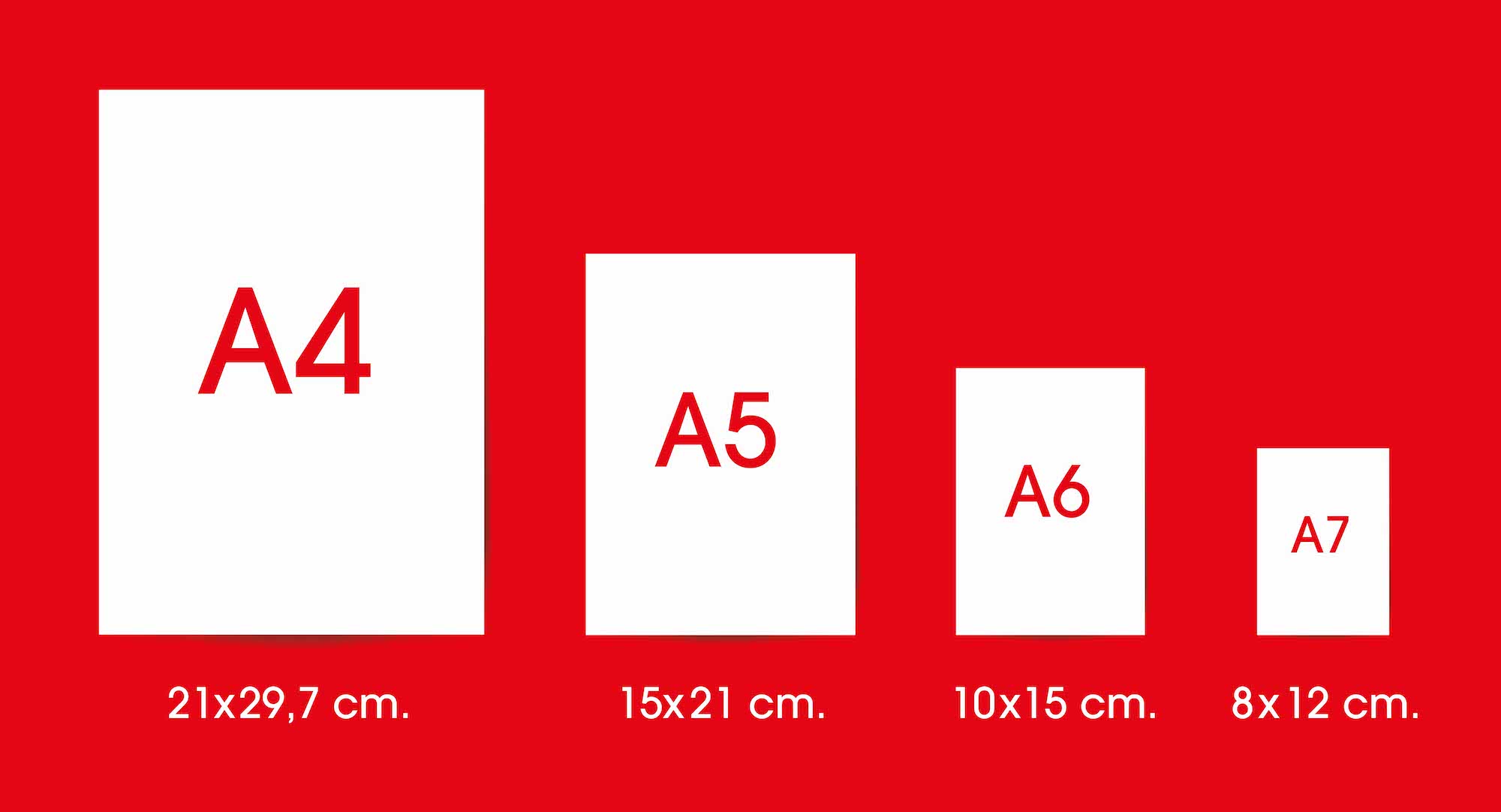
Which exercise books to choose
To summarise, notebook selection is not an insignificant detail, but an aspect that affects the curriculum. We have examined which different rulings are suitable for each school phase. One point that should not be overlooked is the quality of the exercise book itself. Opting for well-made ones not only makes them resistant to daily wear and tear, but also affects how we take notes and trace thoughts. Quality matters and, by investing in good quality notebooks, we are investing in our long-term learning.
